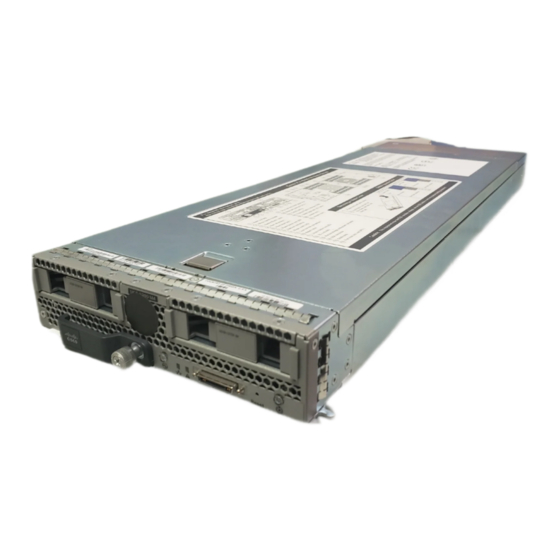Cisco SNS-3500 Series Посібник з технічного обслуговування - Сторінка 3
Переглянути онлайн або завантажити pdf Посібник з технічного обслуговування для Сервер Cisco SNS-3500 Series. Cisco SNS-3500 Series 6 сторінок.
Також для Cisco SNS-3500 Series: Встановлення програмного забезпечення (38 сторінок)

Maintaining the CSACS-1121, Cisco SNS-3400 Series, and Cisco SNS-3500 series Appliances
Maintaining the CSACS-1121 Series Appliance
Temperature
Temperature extremes can cause a variety of problems, including premature aging and failure of integrated circuits (ICs)
or mechanical failure of devices. Extreme temperature fluctuations can cause ICs to become loose in their sockets,
causing expansion and contraction of disk drive platters, resulting in read or write data errors.
The heat emission of an ACS appliance would be in the range of 341 to 1024 BTUs (100 to 300 W).
To minimize the negative effects of temperature on appliance performance, follow these guidelines:
Table 1 on page 3
is placed.
.
Table 1
Air Temperature Maintenance
Server State
On
On
Off
Shipping
Ensure that the appliance has adequate ventilation. Do not place it within a closed-in wall unit or on top of cloth,
which can act as insulation. Do not place it where it will receive direct sunlight, particularly in the afternoon. Do not
place it next to a heat source of any kind, including heating vents during winter.
Adequate ventilation is particularly important at high altitudes. Appliance performance may not be optimum when the
appliance is operating at high temperatures as well as high altitudes. Do the following:
Ensure that all slots and openings on the appliance remain unobstructed, especially the fan vents on the back of the
appliance.
Clean the appliance at regular intervals to avoid any buildup of dust and debris, which can cause the appliance to
overheat.
If the appliance has been exposed to abnormally cold temperatures, allow a 2-hour warm-up period to bring it up
to normal operating temperature before turning it on. Failure to do so may cause damage to internal components,
particularly the hard disk drive.
Humidity
High-humidity conditions can cause moisture migration and penetration into the appliance. This moisture can cause
corrosion of internal components and degradation of properties such as electrical resistance, thermal conductivity,
physical strength, and size. Extreme moisture buildup inside the appliance can result in electrical shorts, which can cause
serious damage to the appliance.
Each appliance is rated to operate at 8 to 80 percent relative humidity, with a humidity gradation of 10 percent per hour.
Buildings in which climate is controlled by air conditioning in the warmer months and by heat during the colder months
usually maintain an acceptable level of humidity for appliances.
However, if an appliance is located in an unusually humid location, a dehumidifier can be used to maintain the humidity
within an acceptable range.
lists the air temperature that you must maintain according to the altitude where your ACS server
Altitude
3000 ft (0 to 914.4 m)
3000 ft (914.4 m) to 7000 ft
(2133.6 m)
Maximum altitude: 7000 ft
(2133.6 m)
Maximum altitude: 7000 ft
(2133.6 m)
Air Temperature
50.0° to 95.0°F (10° to 35°C)
50.0° to 89.6°F (10° to 32°C)
50.0° to 109.4°F (10° to 43°C)
-40° to 140°F (40° to 60°C)
3
